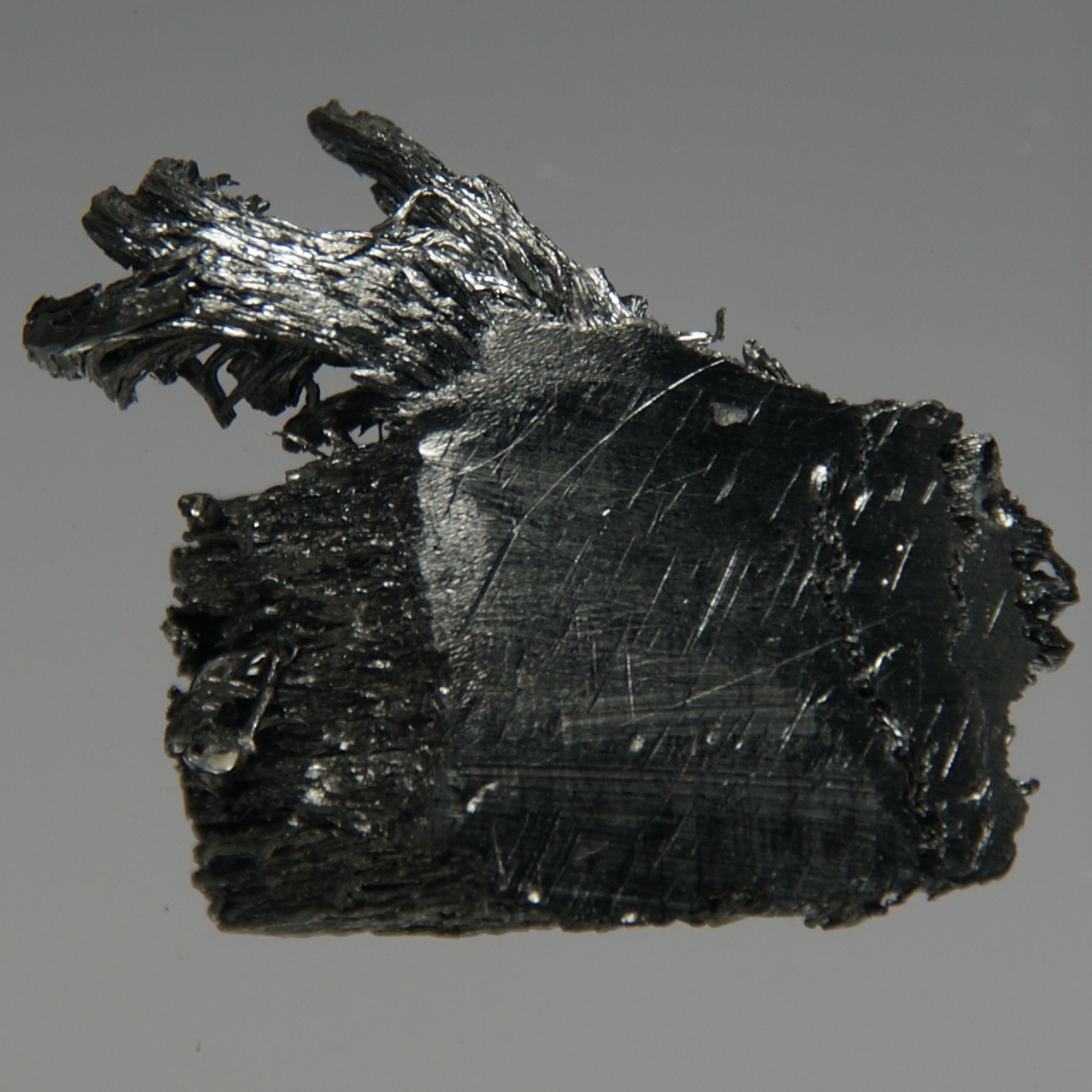Facts About Thulium
Atomic Number: 69 Atomic Symbol: Tm Atomic Weight: 168.93421 Melting Point: 2,813 F (1,545 C) Boiling Point: 3,542 F (1,950 C)
Word origin: Thulium is named for Thule, the earliest name for Scandinavia.
Discovery: This rare earth was discovered by Sweedish chemist Per Teodor Cleve in 1879.
Properties of thulium
The soft and malleable silver-gray element can be cut with a knife. The element has 25 known isotopes, with atomic masses ranging from 152 to 176. Natural thulium is stable.
Sources of thulium
While it is the least abundant of all the lanthanides, or rare earth elements, new sources have been recently discovered, putting it on par with cadmium, silver and gold in terms of supply.
Get the world’s most fascinating discoveries delivered straight to your inbox.
Like other rare earth elements, thulium occurs in small quantities in a number of minerals. It is obtained commercially from monazite, which contains about 0.007 percent of the element.
Thulium can be isolated by reduction of the oxide with lanthanum by calcium reduction in a closed container.
Uses of thulium
Because of the relatively high price of the metal, thulium has not yet found many practical applications, but it has potential use as an energy source. Natural thulium also has possible use ceramic magnetic materials used in microwave equipment, and can be used for doping fiber lasers.
When bombarded in a nuclear reactor, thulium can be used as a radiation source in portable X-ray equipment.
As with other lanthanides, thulium has a low-to-moderate acute toxic rating, so careful handling is necessary.
(Source: Los Alamos National Laboratory)




